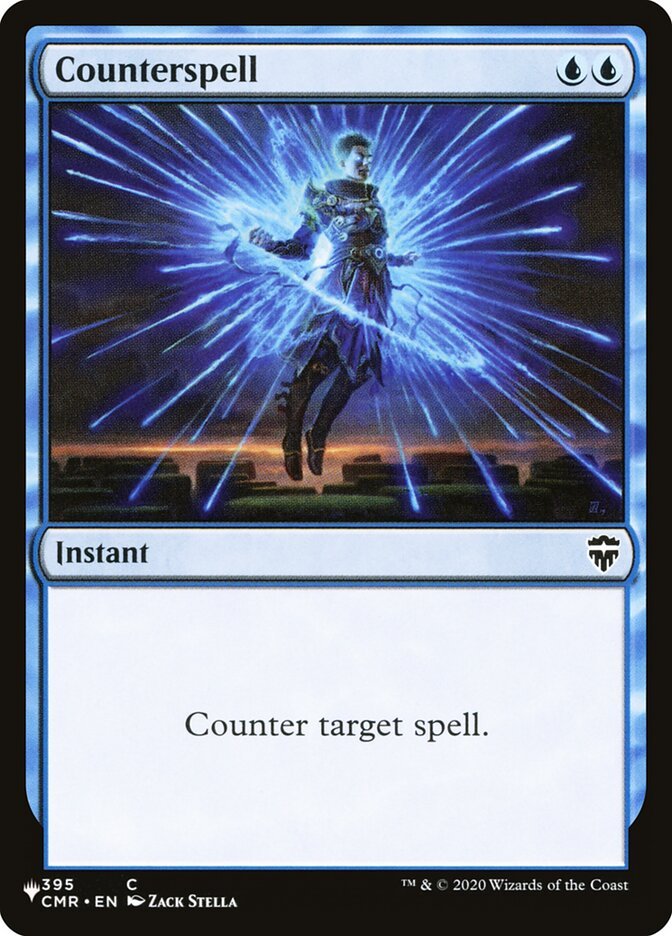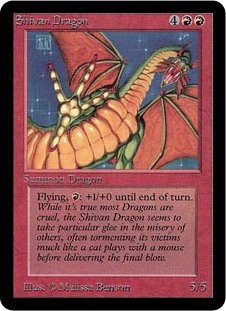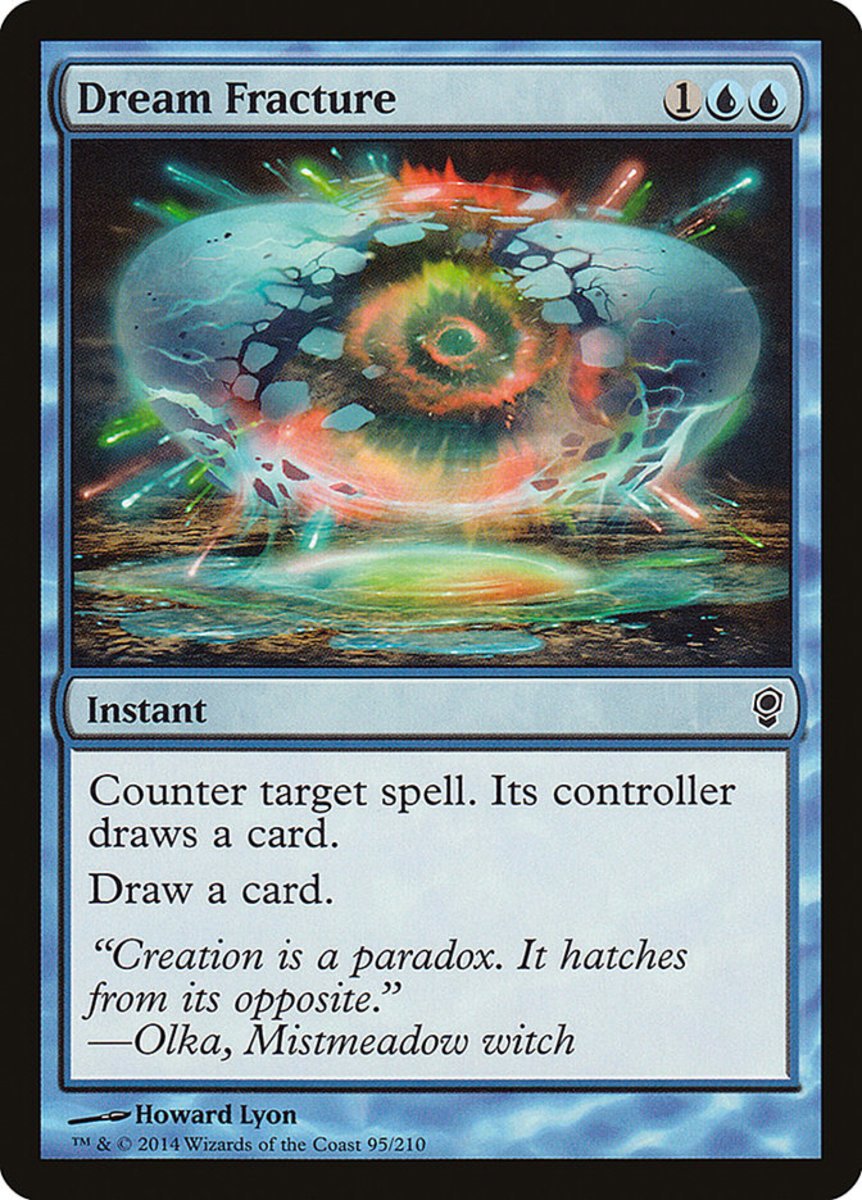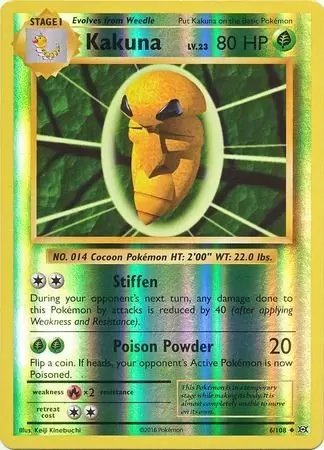DESIGN YOUR OWN FANTASY CARD GAME WORKSHOP
“Do you like fantasy role playing games? What about collectible and strategy-based card games like Pokémon or Magic: The Gathering? Join us as we explore the genre’s subversive potential to create our own unique card games together. Imagine your own fantastic creatures (Shinies!), build alien worlds, design ancient artifacts, and cast magic spells. Materials will be provided and no experience is necessary to participate. Let’s go!”
Greywood Arts Youth Group, Killeagh, Co. Cork, Ireland, 2023
Day 1 Discussion Questions
*find a partner, discuss, make notes*
1) What is the goal?
2) What else can the goal be besides fighting?
3) How do you win?
*group share, switch partners, discuss, make notes*
1) List possible themes. Consider vibe.
2) What types of cards could you have?
3) How would they interact?
*group share, switch partners, discuss, make notes*
1) What powers your world?
2) How can we be subversive with the genre?
3) Does there have to be a winner?
*group share, discuss*
Day 1 Planning Questions
*work individually or in groups for game design, make notes*
1) Title:
2) Theme:
3) Goal:
4) How do you win:
5) What types of cards are there? What does each type do?
6) What powers your world? What do those cards look like?
Day 1 Gizmodo.com: Strange World's In-Universe Card Game Is Fully Playable (optional)
Day 2 Gameplay Loop
*work individually or in your groups, make notes*
1) What does a turn look like?
2) Map out gameplay with flowchart or diagrams.
Image Source: https://www.researchgate.net/publication/309488307
Day 2 Start making cards.
The Ultimate World Building Template & Questionnaire (175 questions)
SAMPLE CARDS
Day 2 Step by Step Guide (optional)
CHOOSING A GAME CONCEPT
1. Choose a game concept. Pick a name and theme for your game. Think about what kind of world you want in your game. Come up with characters, creatures, and other elements that exist in the world of your game. Use the theme to help decide the name and other aspects of your game.
2. Create a backstory and history for your game. Spend some time thinking about the history of the world of your game. Write backstories for each of the characters and creatures to create a rich and complex universe that your game exists in.
3. Come up with a way for players to win the game. Give your player a goal or goals that they have to work towards in order to win or beat the game. Choose goals that give meaning to your game so people are interested in playing it and it sounds fun.
4. Use your theme to come up with the mechanics and card types. Design your rules so they make sense and suit the world of your game. Add commands, attributes, styles, and procedures that make sense for your game and help make it a cohesive playing experience.
-For instance, if you’re making a game with wood elves, you could include an archery ability and create a point system for arrow damage.
-Try to balance the rules and character abilities so the gameplay is relatively even. It wouldn’t be much fun, for instance, if there’s one group of characters who always win in fights.
MAKING RULES AND STRATEGIES
1. Research the rules of other trading card games for inspiration. Look up the rulebooks for other trading games online to get ideas of how they work and create a cohesive way to play. Draw inspiration to make your own rules and borrow aspects that you like from the games that you research to help form your game.
2. Create a gameplay loop that structures your game. A gameplay loop involves the order of actions in your game and dictates how your game is played. Come up with a structured system that defines how each player makes decisions during the game and how they use their cards.
3. Allow players to build their own decks to encourage trading. Let players choose which cards they want to play during the phases of your gameplay loop. If players are allowed to fill their card decks with cards they like to use in different situations, they’ll be more likely to trade with other people.
4. Make a list of what players can and can’t do in the game. Use your notebook to write down hard and fast rules that you create for your game. Come up with a solid list of abilities and rules that players need to follow. Be sure to write down actions and things that players definitely can’t do as well so the rules are clear.
5. Include aspects that encourage players to interact with each other. Make rules that force players to engage with the other people they’re playing with. Add actions and items that motivate players to work together or fight one another in order to advance in the game or improve their chances of winning.
-For example, you could add a card that allows players to steal a card from their opponent.
-Add rules like forcing a player to perform at least 1 attack each round so they have to interact with another player.
6. Add a catch-up feature to help players falling behind. Consider adding cards to your game that are designed to help out players who are losing or at a major disadvantage. Use rules that prevent 1 player from dominating other players too easily to make the game for fun and challenging.
CREATING YOUR CARDS
1. Trace the outline of a playing card on paper to make a template. Take a standard playing card or a card from a game that you want to copy for your own game. Place the card on your notebook or a sheet of paper and use a pencil to trace the outline. Use the outline as a template as you design your cards.
2. Create a box in the center and add the art of the card. Draw a square box in the center of your card. Add character sketches, creature designs, items, or other features of your game in the box so they’re visually depicted.
3. Add a text box at the bottom and write a card description. Beneath the art box in the center of the card, draw a rectangular text box. Write a description of the character, item, or whatever the card represents in the box. Include info about what the card does, when it can be played, and any other special rules about it.
4. Place the title of the card at the top of the card. Just above the art box in the center of the card, draw a small, rectangular box. Write down the name of the character or a description of what the card is called or used for so it’s clearly identifiable.
5. Use colors or symbols to help identify card types. If you have different types of characters, actions, items, creatures, or any other types of cards, choosing specific colors for each type can help make them easier to differentiate. Place a symbol in the top right corner of the card that clearly identifies what type of card it is as well so they’re easier to organize.
6. Create a single design for the back of all of your cards. Come up with a design for the back of your cards that fits the theme of your game. Include the name of the game on the back of the card. Use the same design for the back of all of your cards.
Source: https://www.wikihow.com/Make-a-Trading-Card-Game







